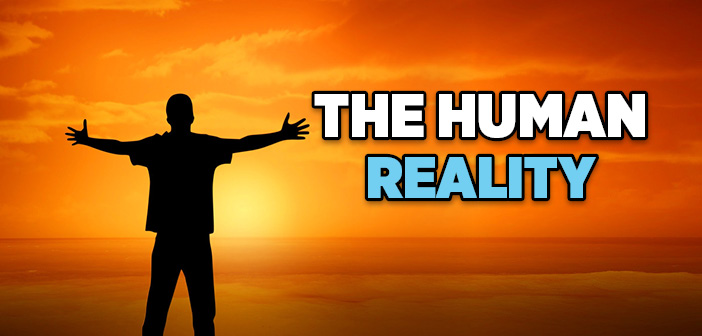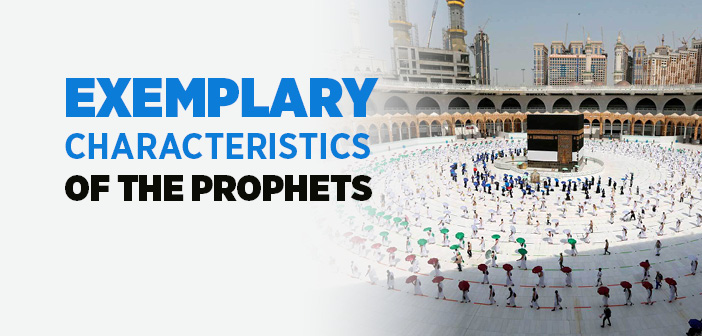Who will go to hell without being questioned? Who will go straight to hell?
In addition to those who will enter the Garden without being called to account, as a manifestation of divine forgiveness and mercy, there will also be those people who will be thrown into the Fire directly, without any reckoning.
The Messenger of Allah (may Allah bless him and grant him peace) has stated in a Prophetic narration:
“On the Day of Judgement, fire will emerge from the Fire of Hell. It will have two eyes which can see, two ears which can hear, and a tongue which can speak.
It will say, ‘I have been given charge over three (types of people):
Every obstinate oppressor; all those who adopt a deity other than Allah, and image makers[1] (who draw and sculpt).'” (Tirmidhi, Jahannam, 1/2574; Ahmad, II, 336; Ibn Abi Shayba, Musannaf, VII, 51/34141)
After uttering these words, the fire in the shape of a neck emerging from Hellfire will pick them up from among their ranks like a bird pecking at sesame seeds from the ground and then cast them into the Fire. (Ibn al-Mubarak, al-Zuhd, II, 101)
On that terrifying Day of Reckoning, as stated in a Qur’anic verse, the call, “Keep yourselves apart today, you evil doers! (Ya Sin, 36:59)” will be heard. The ‘criminals’ implied here are the proud and arrogant, those who disbelieve in Allah, the hypocrites and the polytheists. These four groups of people will be those will never come out of the Fire.
Hasan al-Basri (may Allah have mercy on him) has said:
“On the Day of Resurrection, they (the believers and unbelievers) will surely be separated, even if they are together in the world. The believers will be ‘a’la ‘illiyyin (uppermost heights), while the unbelievers will be at asfal safilin (the lowermost depths). One will experience the degree ultimate union while the other will be condemned to the pit of separation. Those experiencing union will be seated upon the throne of love, while those suffering separation will be upon a seat of affliction and difficulty. For the former is manifold reward, while for the latter is all manner of torment. One community has attained prosperity and happiness and is enveloped in bounty and blessing, while the other burns in the fire of separation.” (Ruh al-Bayan, v. 15, p. 35)
[1] Muslim jurists and exegetes have ruled that it is permissible in Islam to depict such inanimate objects as landscapes and nature. For there are many prophetic traditions in which the Messenger of Allah has forbidden producing images of living things. This is due to the fact that the excessive devotion to images and sculptures has eventually led human beings to idolatry.
The images that are prohibited here are the handmade sculptures or embossed depictions of living beings, for this suggests comparison with the divine act of creation. Photographs, however, are a representation of already existing figures. Therefore, their use in daily life is not be viewed as objectionable.
Likewise, it is forbidden to wear or to hang such illustrated fabrics on the wall. The Hanafi school has not regarded it reproachful (makruh) these printed images on cushions or on floor coverings. The point of sensitivity here is whether or not the images are revered. This is why images hung on the wall, placed in high places or sculpted depictions are unanimously classified reproachful.
Source: An Excellent Exemplar II , Osman Nuri Topbaş, Erkam Publications




